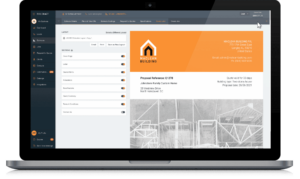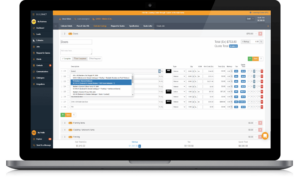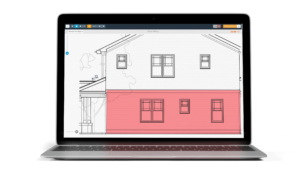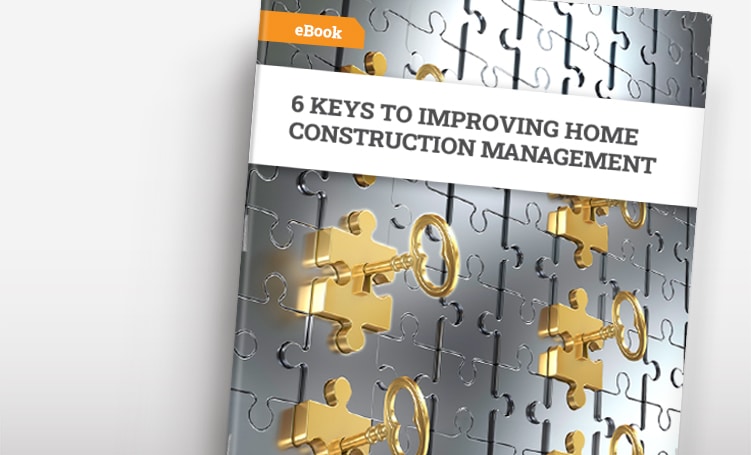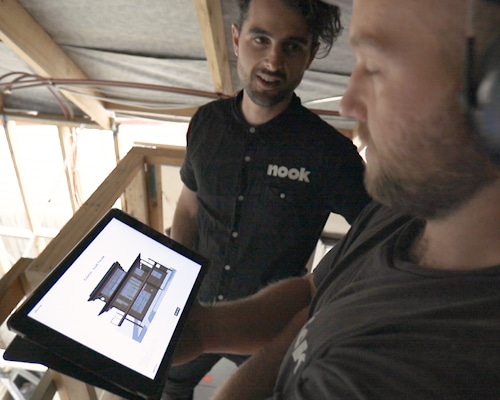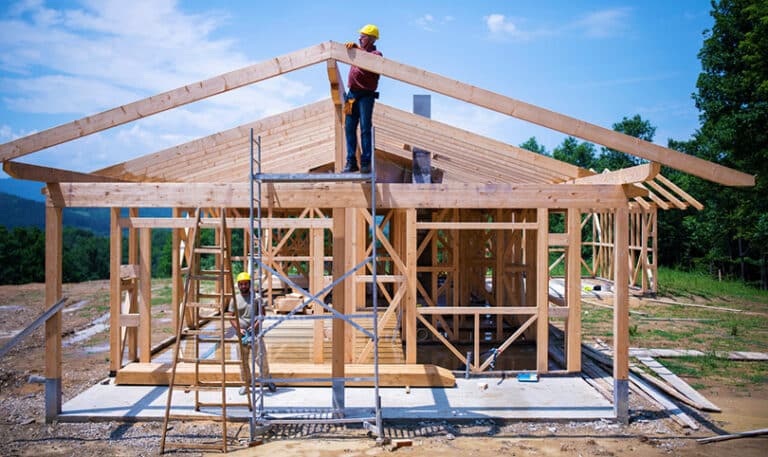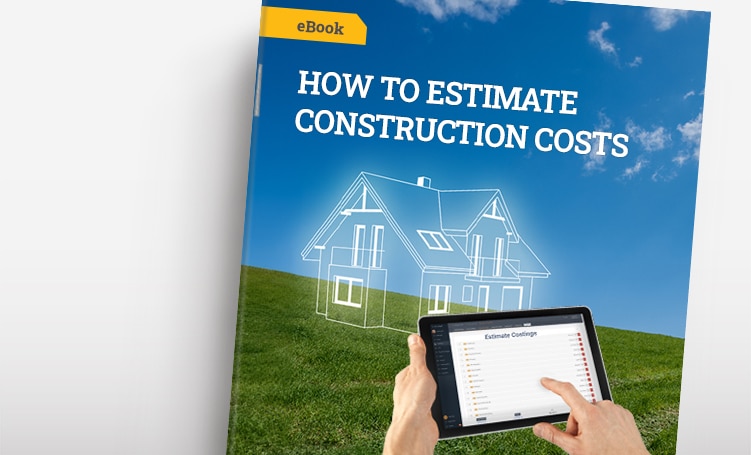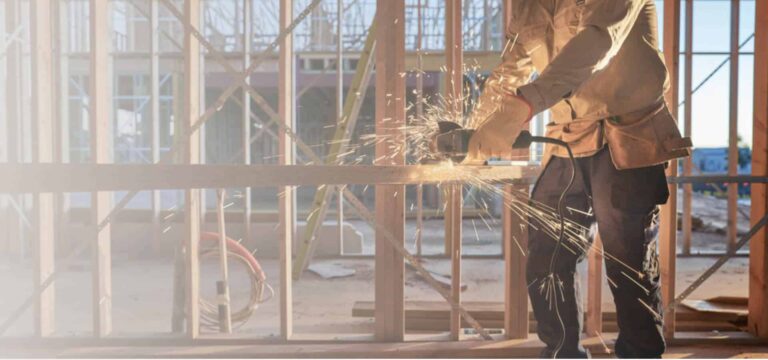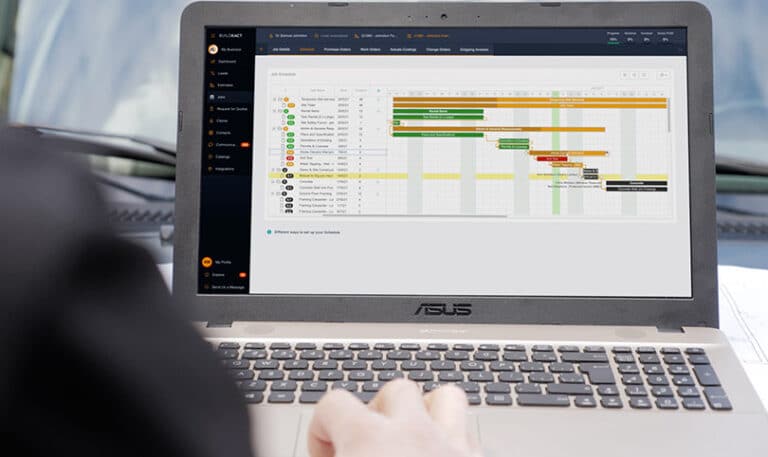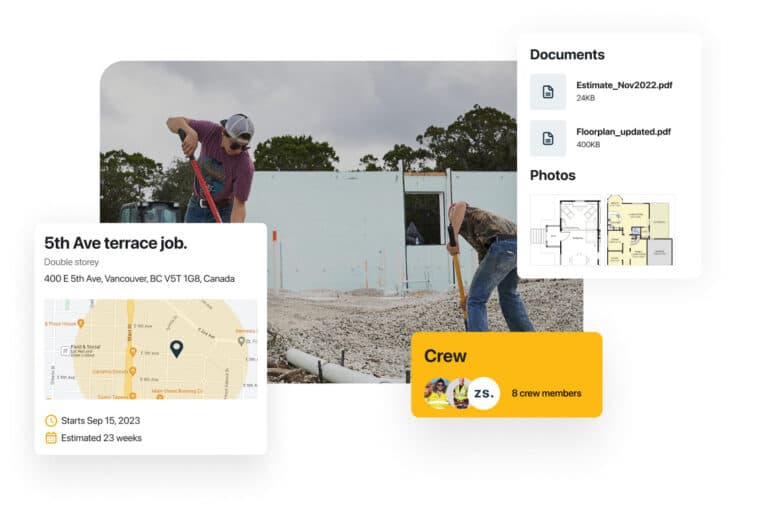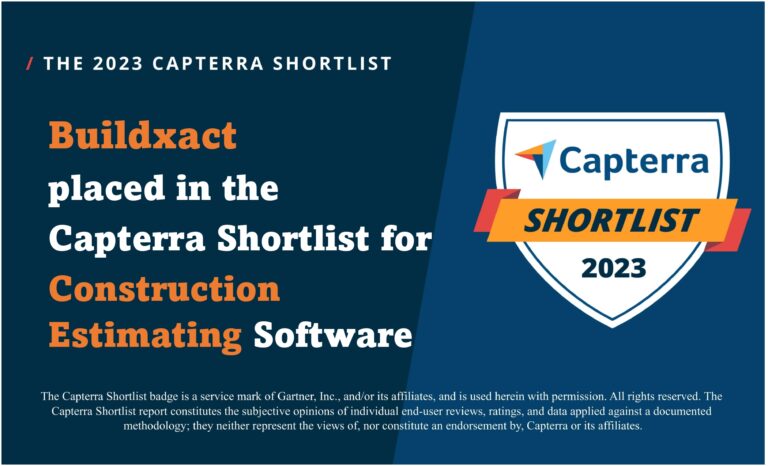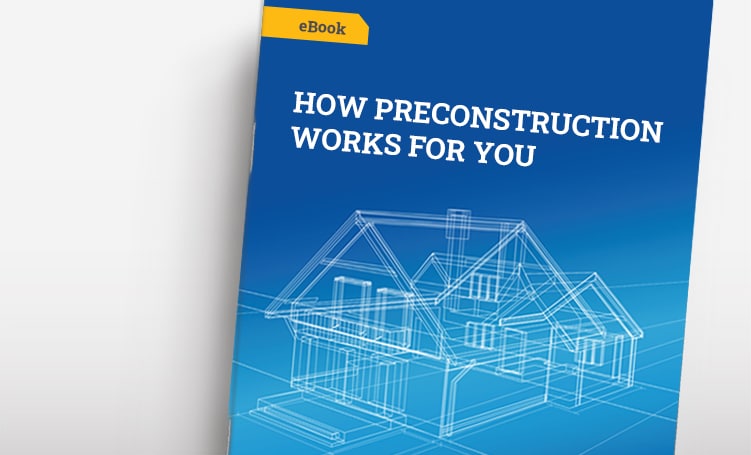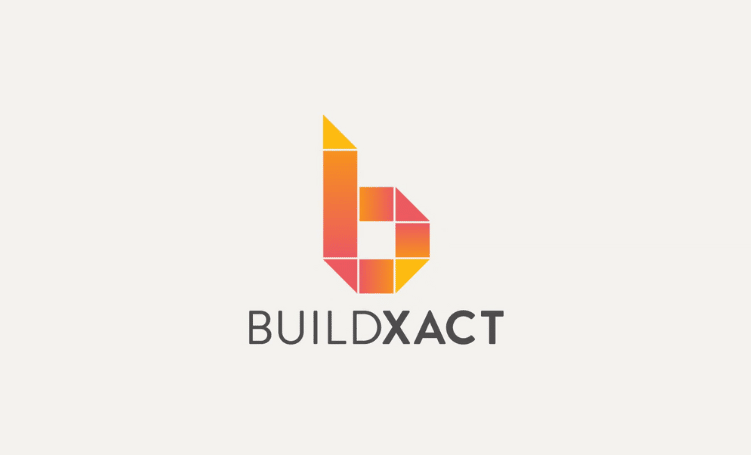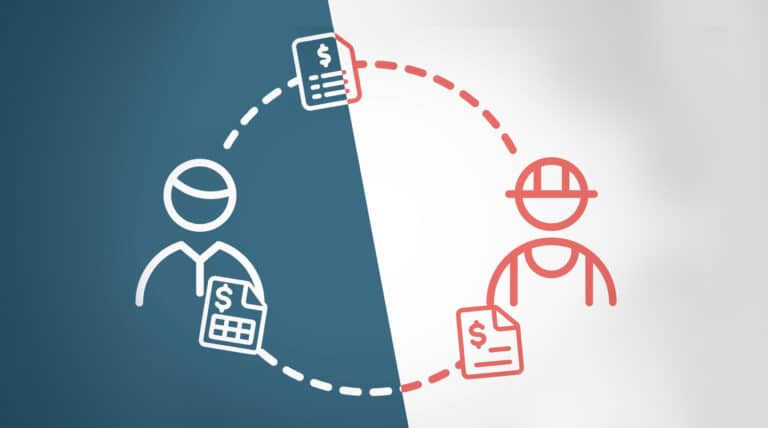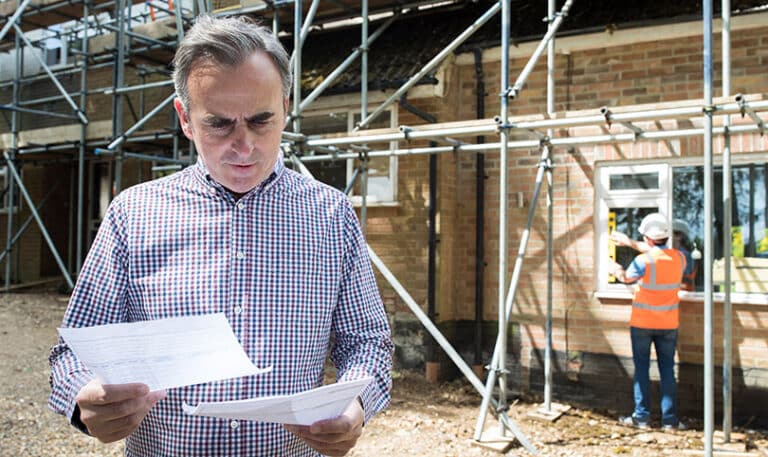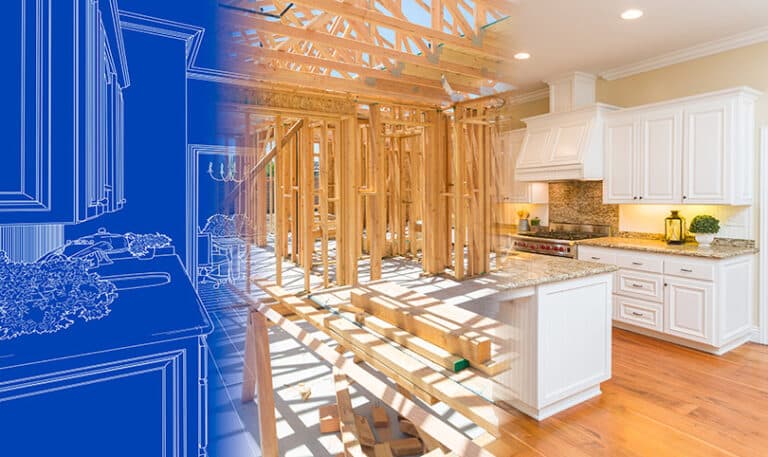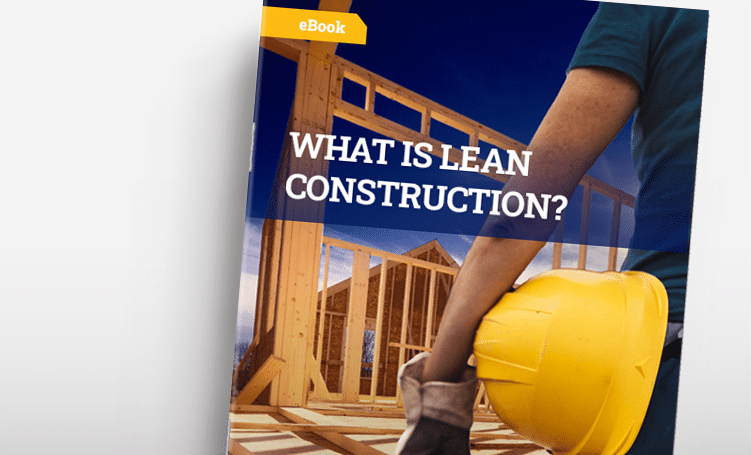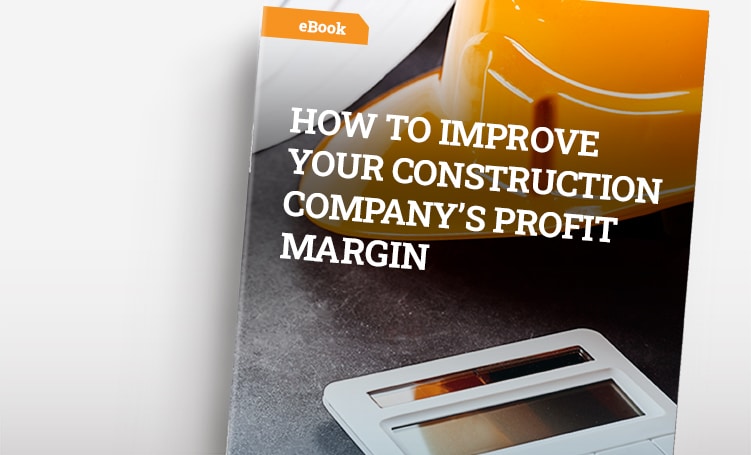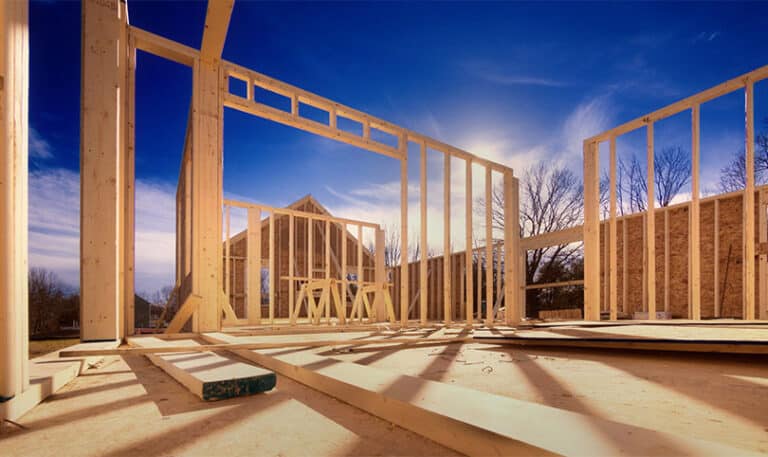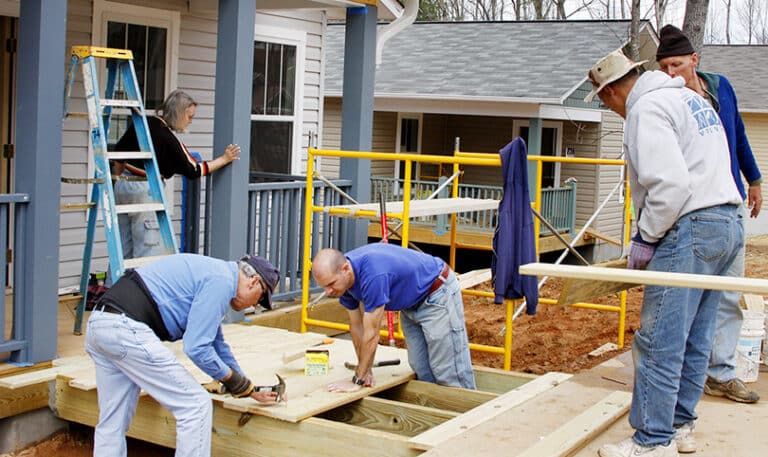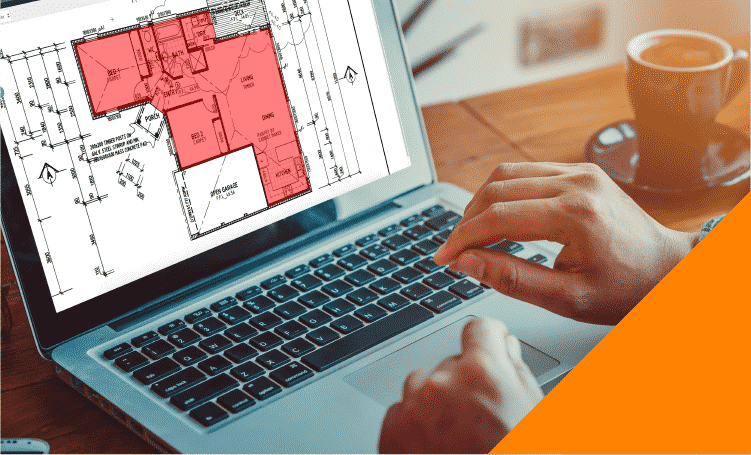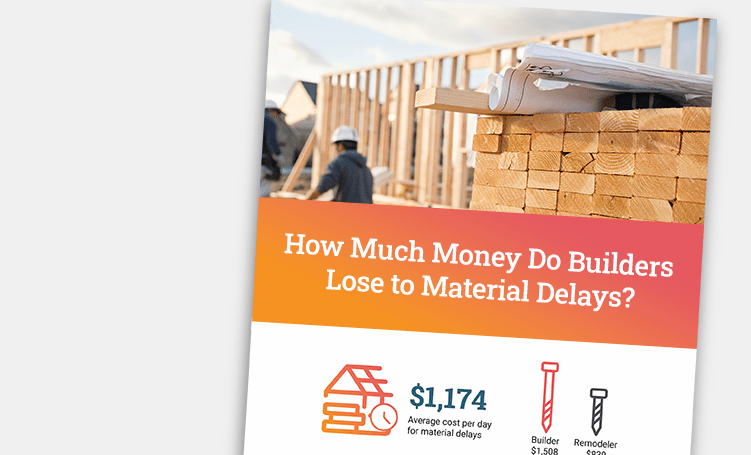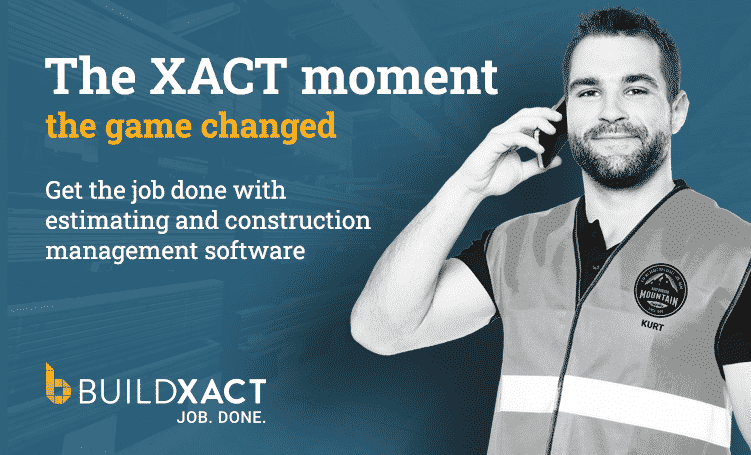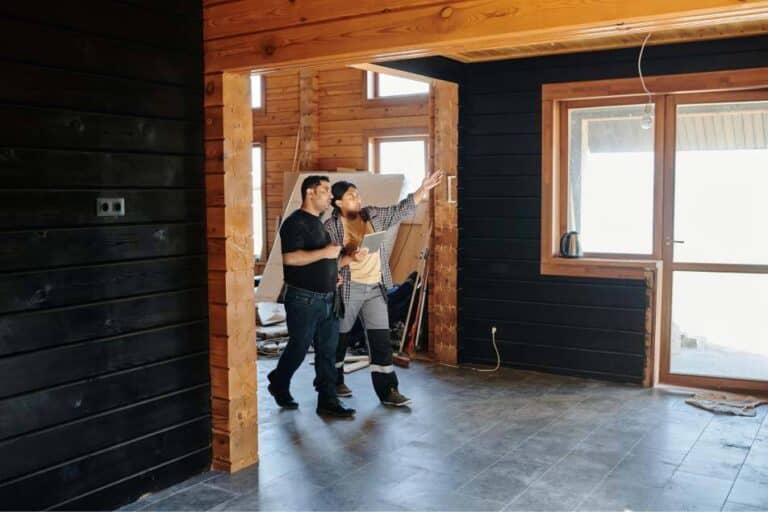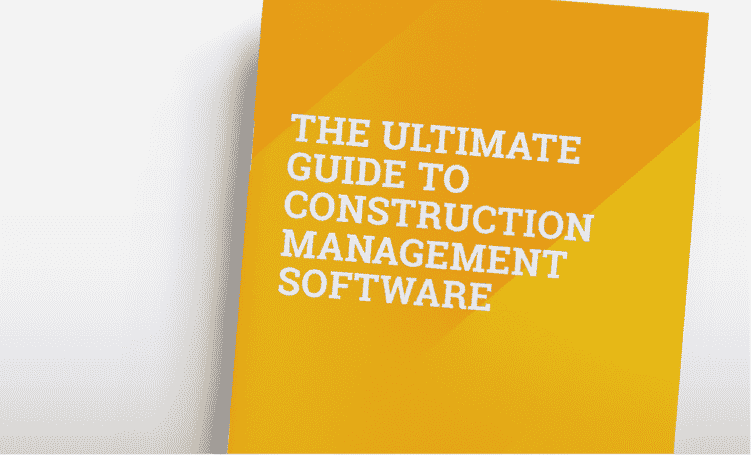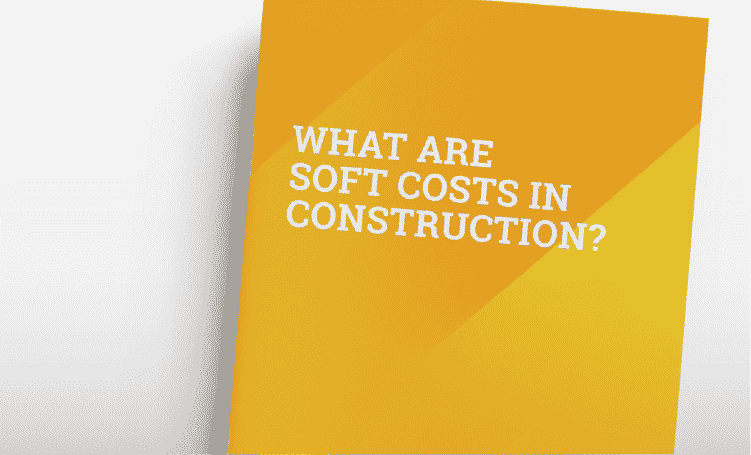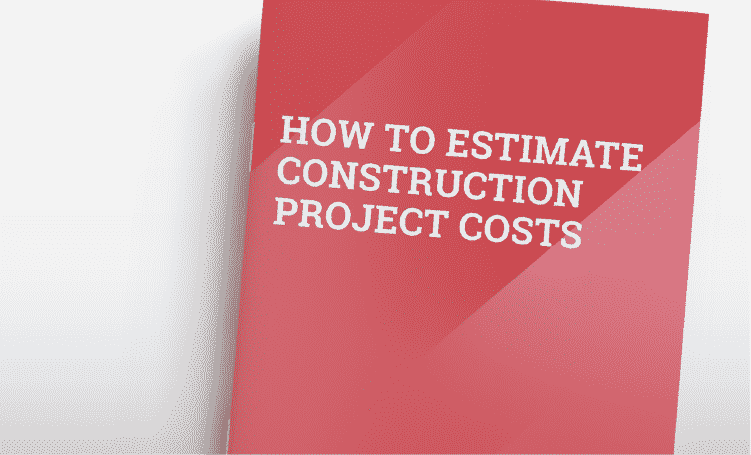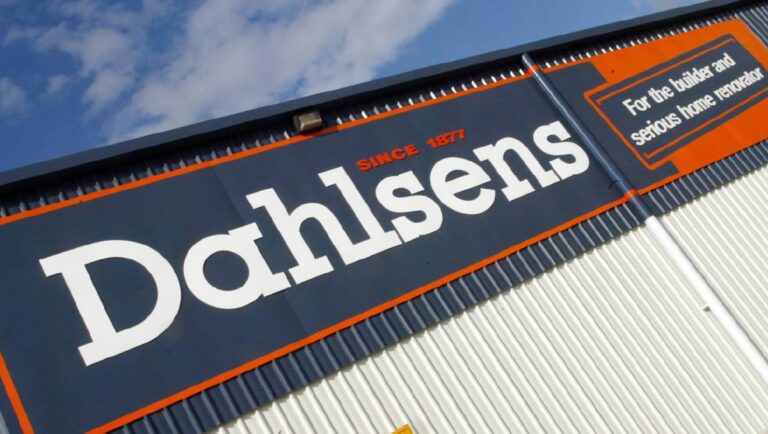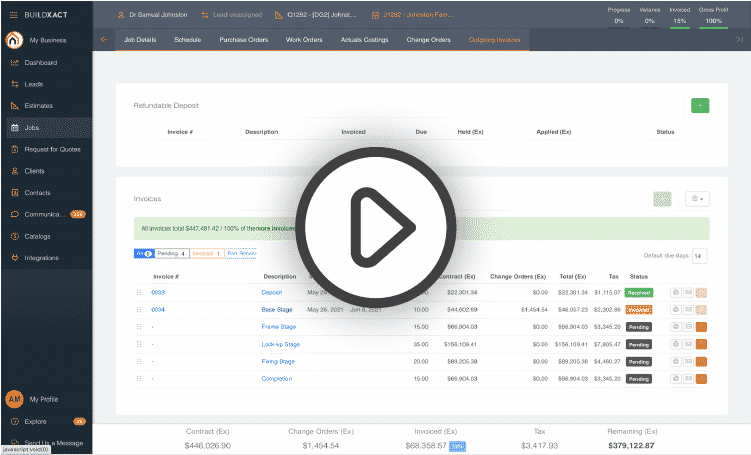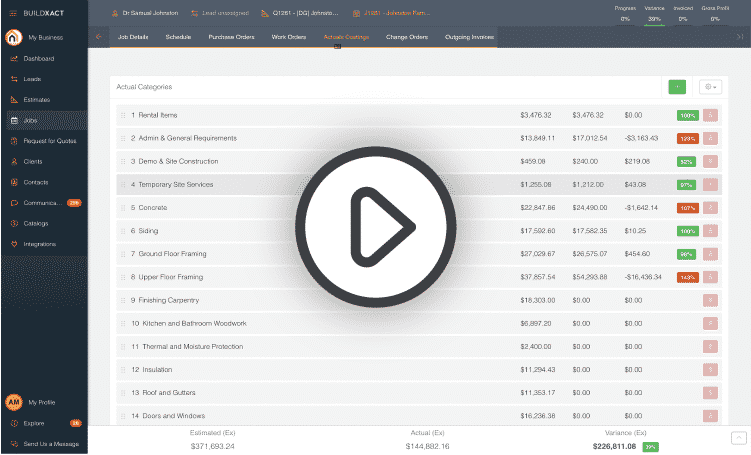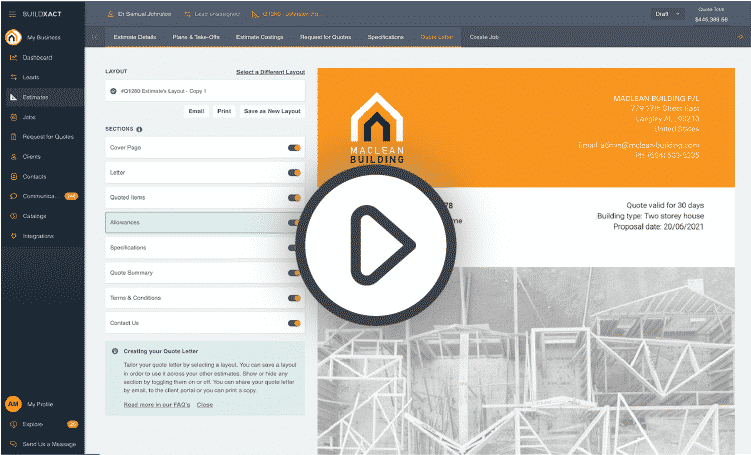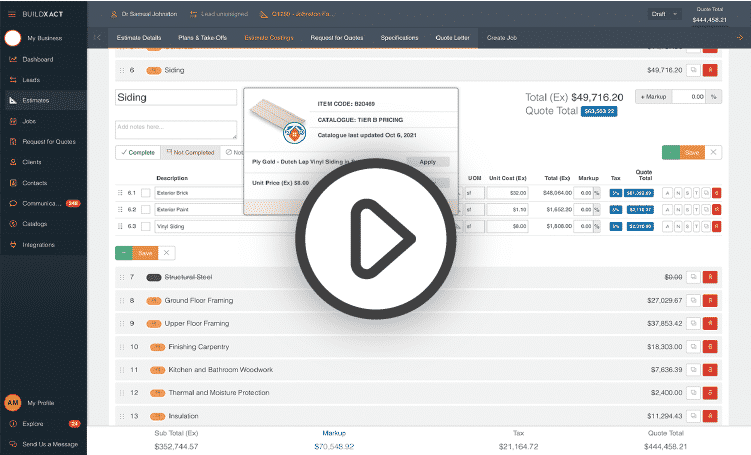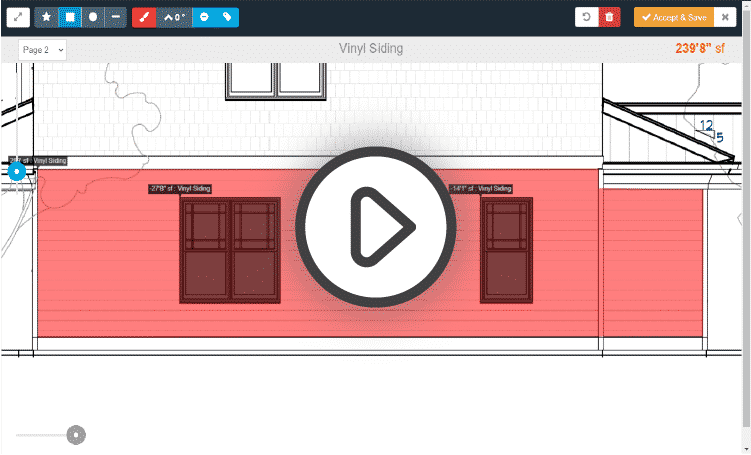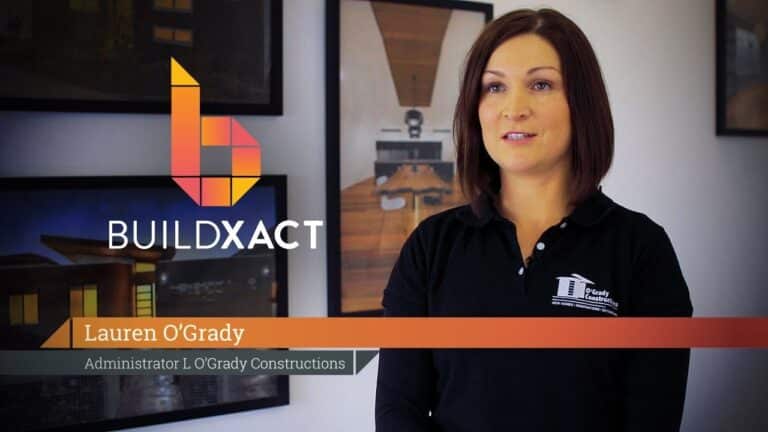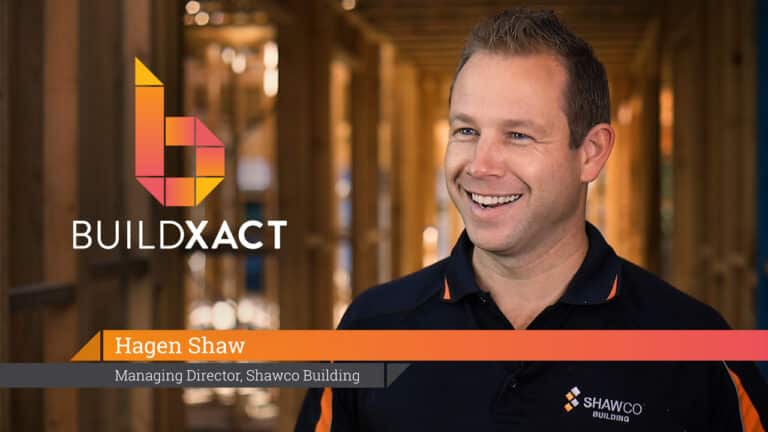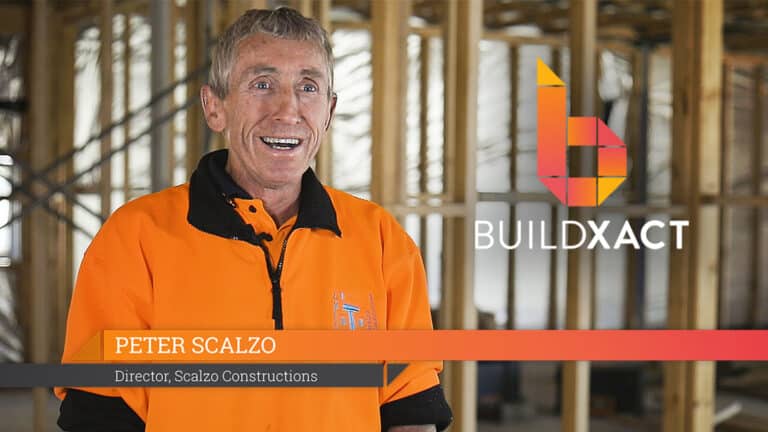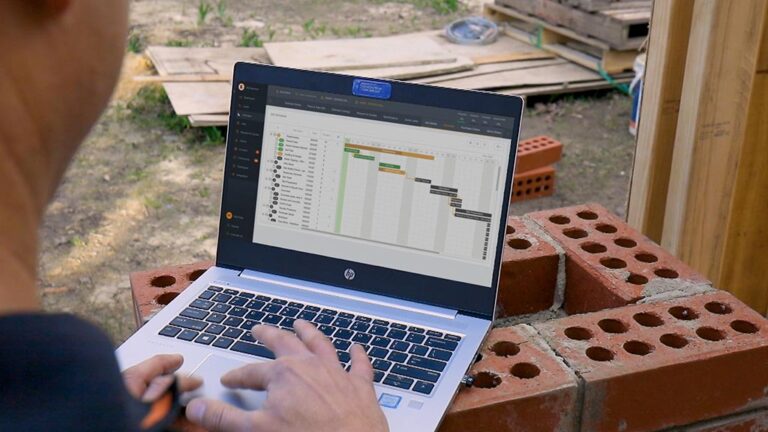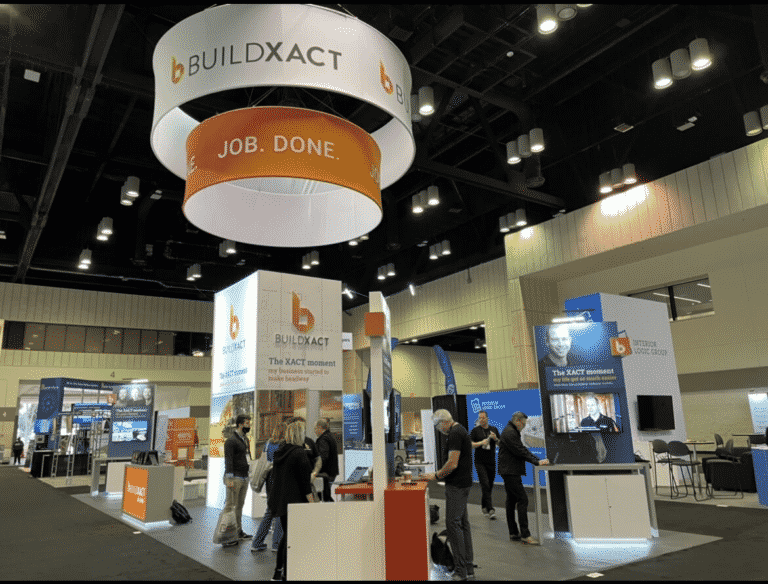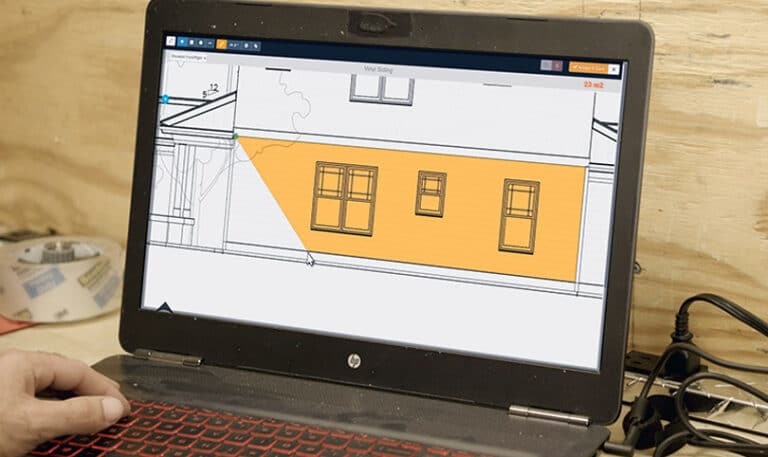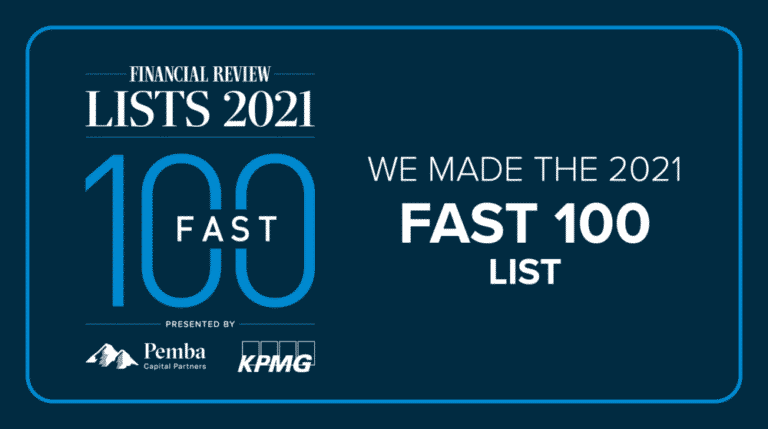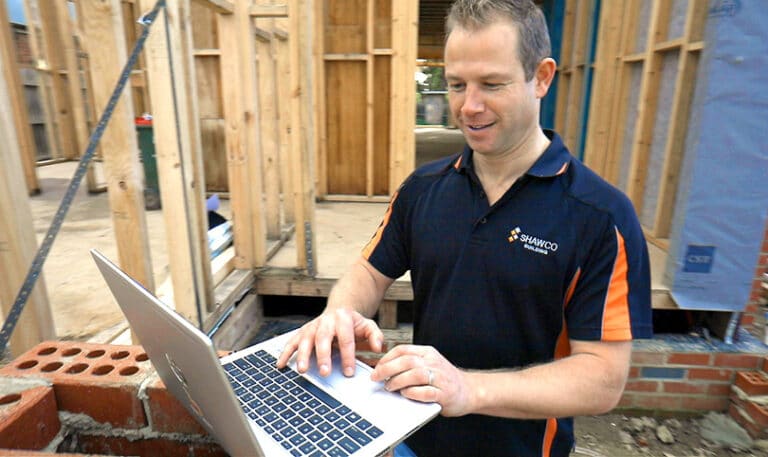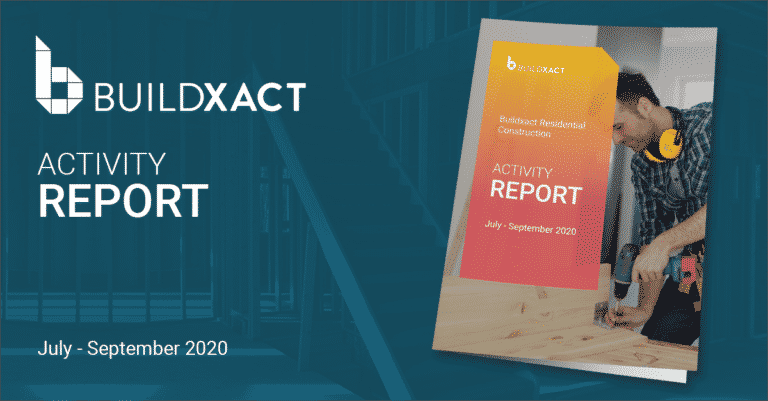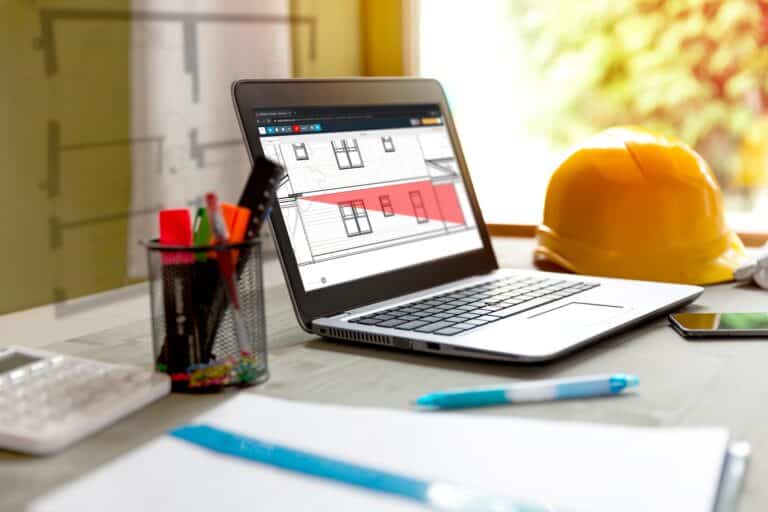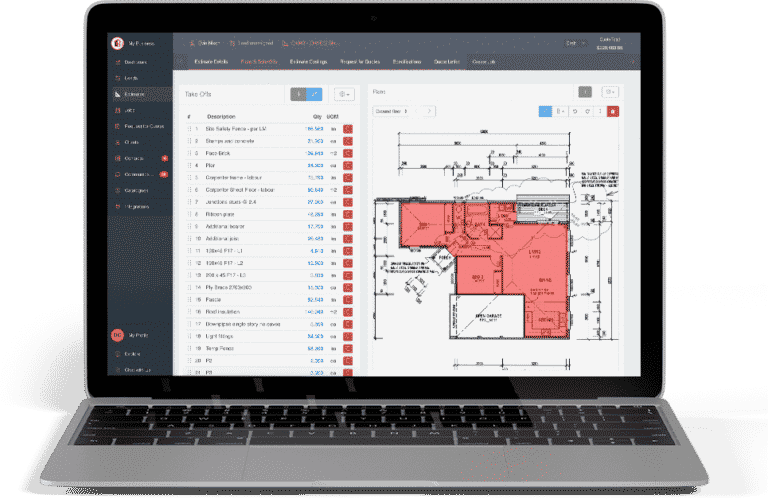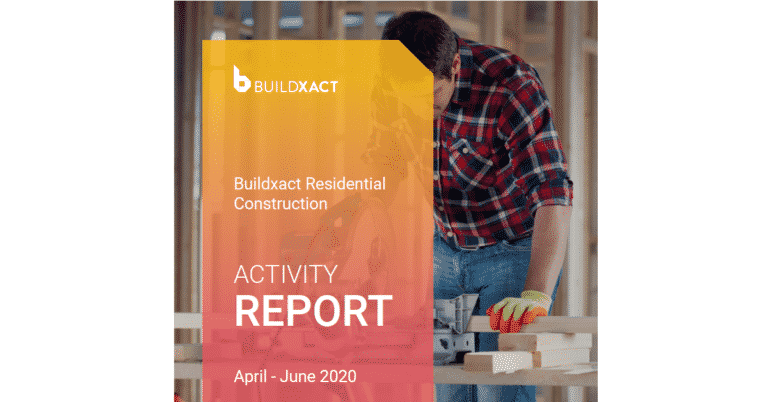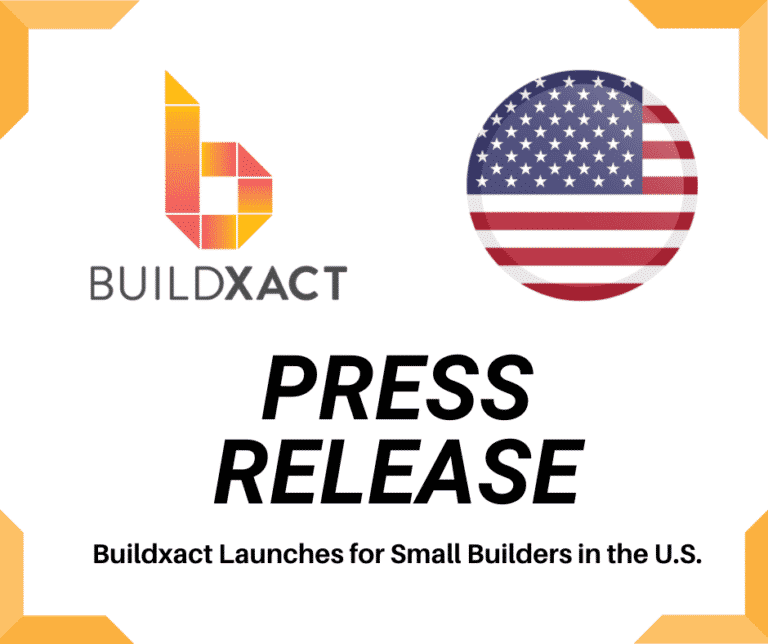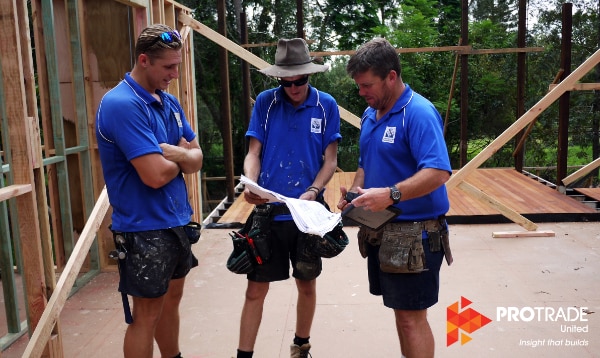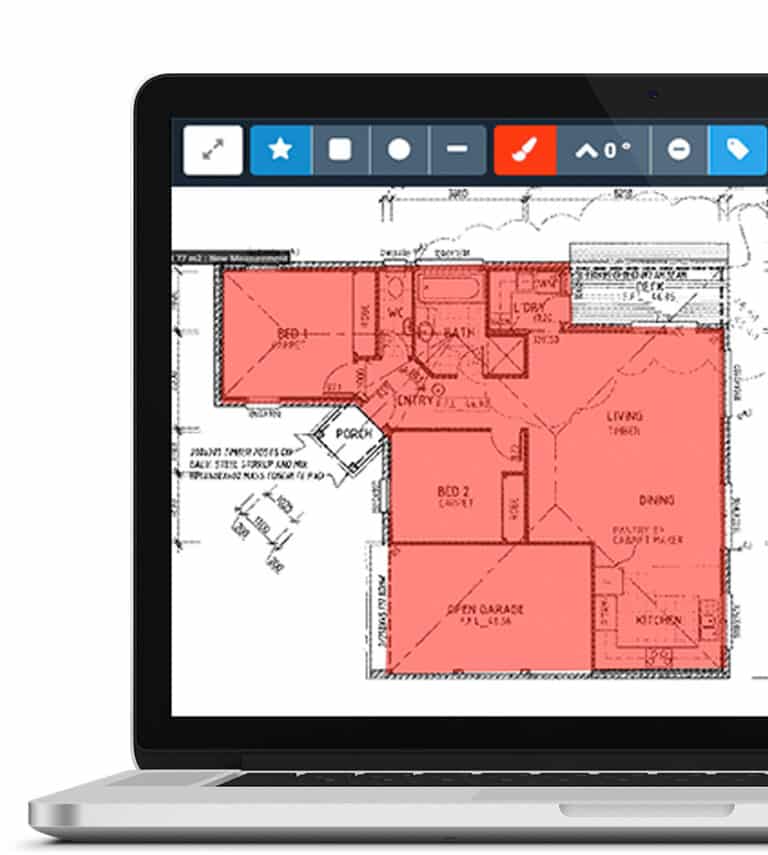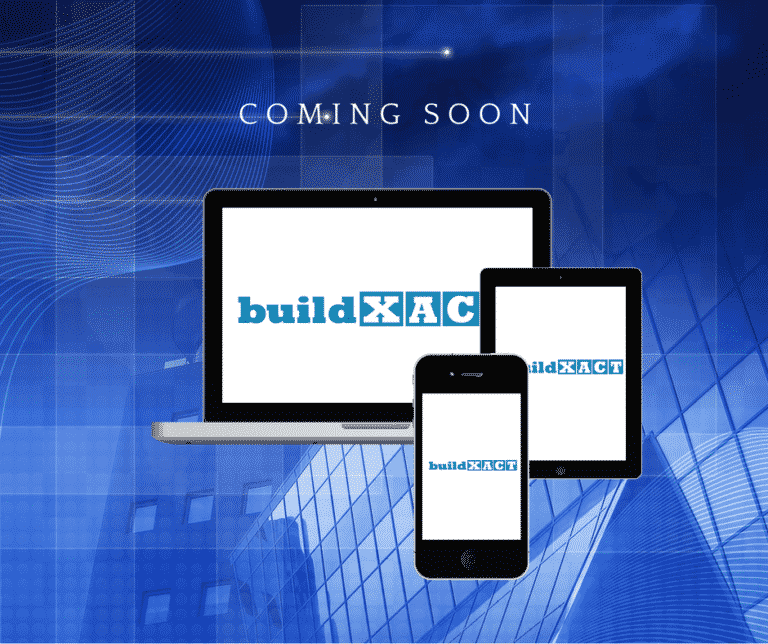- Topics covered in this post:
What is construction estimating?
Construction estimating is a fundamental aspect of the construction industry, encompassing the process of determining the anticipated costs associated with a construction project. It involves a comprehensive evaluation of various elements such as materials, labor, equipment, subcontractors, and overhead expenses. Estimators meticulously analyze architectural drawings, plans, and other project documents to calculate the required quantities of materials and estimate their costs accurately.
Accurate construction estimating plays a crucial role in project planning, budgeting, and decision-making. It provides stakeholders, including contractors, developers, and clients, with essential information about the financial aspects of the project. Precise cost estimates enable effective resource allocation, cost control, and risk management throughout the construction process.
In recent years, the advent of technology and construction estimating software has significantly transformed the estimation process. These software tools automate calculations, streamline workflows, and enhance accuracy, saving time and reducing errors. By leveraging such technology, construction professionals can improve their estimating efficiency, optimize project budgets, and deliver successful projects.
Construction cost estimating covers every element of the project cost, including:
Equipment
When undertaking construction projects, the need for specialized machinery arises to accomplish specific tasks. For instance, designs involving elevated structures often demand the use of scaffolding and Elevated Work Platforms (EWPs) to facilitate safe and efficient work at heights. Estimating equipment costs encompasses a comprehensive range of factors. This includes accounting for fuel consumption, ensuring generators are available to power the machinery, and considering the expenses associated with transporting equipment to and from the construction site. Additionally, other direct and indirect costs such as maintenance and repair, rental fees, and any supplementary supplies or accessories required for the machinery also need to be considered.
Accurate estimation of equipment costs holds significant importance in construction projects. It allows the job management team to create realistic budgets and make informed decisions regarding resource allocation. By ensuring precise cost projections, construction professionals can avoid underestimating expenses, leading to potential delays or cost overruns. Furthermore, accurate equipment cost estimation enables effective project planning and enhances overall project success. Automation software centralizes equipment-related data, simplifying calculations and reducing the risk of errors inherent in manual estimation methods. It empowers estimators to generate faster and more precise cost projections, enabling better decision-making and resource management.
Escalation
Uncertainties are inevitable, and estimators must be prepared to handle unexpected events that can lead to cost overruns. Delays and disruptions can occur for various reasons, including freight disruptions, labor shortages, equipment issues, and project-specific challenges related to land, design, or project owners. Such unforeseen circumstances can significantly impact both the project timeline and budget.
Freight disruptions can cause delays in material deliveries, while labor shortages due to absences or sick days can reduce workforce productivity. Equipment difficulties may require repairs or replacements, further extending the project timeline and incurring additional expenses. Moreover, project-specific challenges, like complex designs or issues with the project owners, can create hurdles that need to be addressed, potentially leading to increased costs.
To account for these unexpected events, construction estimating techniques should include contingency plans and allowances. By allocating a reasonable margin for unforeseen circumstances, estimators can better manage potential cost overruns and ensure project viability. Accurate construction estimating also not only helps clients assess their financial capacity but also enables builders to evaluate the project’s feasibility and profitability.
Administrative costs
Administrative costs form an essential component of any construction project budget, encompassing a variety of expenses necessary for the smooth operations of the construction business. These costs typically include obtaining permits from local councils, along with various fees and payments. When estimating the overall expenses of a building project, it is crucial for home builders and construction professionals to consider these administrative factors.
Obtaining permits from local councils is a fundamental requirement for initiating construction projects. These permits ensure compliance with building codes, zoning regulations, and other legal requirements set by the local authorities. The process of acquiring permits involves submitting necessary documentation, undergoing reviews, and paying associated fees. Estimators need to account for the time, effort, and costs involved in obtaining these permits when calculating the project’s overall administrative expenses.
In addition to indirect costs due to permits, there are various other administrative fees and payments that need to be considered in the design development estimate. These soft costs can include fees for architectural or engineering services, inspection fees, impact fees, and utility connection charges. Each of these costs contributes to the administrative burden of the project and must be factored into the estimation process.
Home builders face additional administrative costs specific to their line of work. These costs often include legal fees, such as those associated with drafting and reviewing contracts, dealing with land acquisition or lease agreements, and handling any potential legal disputes that may arise during the construction process. These legal expenses are an important consideration in estimating the total project costs accurately.
Labor costs
Labor costs are a crucial aspect to consider when estimating construction expenses. Your cost estimates will dictate the number of tradespeople and workers required for each phase of the project. It is essential to calculate costs based on either hourly rates or contracted amounts, taking into account factors such as superannuation contributions, payroll tax, and any other direct costs or indirect expenses that may arise.
The complexity and scale of the job will determine the specific types of workers needed, as well as any trade qualifications or certifications necessary. Additionally, home builders should also factor in the costs associated with supervision and oversight of the construction process. Accurately assessing and estimating labor costs ensures that your estimates reflect the resources needed for the successful and efficient execution of the project.
Materials
If your construction firm has a regular materials supplier, the unit costs for materials may remain consistent across various projects. However, for more complex and unique construction projects, the cost of materials can vary. In such cases, it is advisable for construction companies and industry owners to seek cost estimates from multiple suppliers to ensure competitive pricing and the availability of specific materials. By considering the potential fluctuations in material costs and exploring different supplier options, construction estimators can accurately incorporate material expenses into their estimates. This practice not only helps in using project budgeting effectively but also ensures that the project is adequately equipped with the necessary construction materials to meet its requirements.
Profits
Profit margin holds great significance for builders, especially small construction firms. Insufficient profit margins may lead builders to decline a job, leaving the client to search for another company to undertake the project. When estimating construction costs, and profit margins, it is crucial to consider both direct costs and indirect expenses, which encompass various factors such as office leases, vehicle operating costs, capital expenses, and other general overheads. By accurately calculating these indirect and overhead costs, and factoring them into the estimate, builders can determine an appropriate profit margin that ensures financial viability and sustainability for their business. Adequate profitability allows builders to cover their operational expenses, invest in growth opportunities, and deliver high-quality construction services to their clients.
Takeoff
During the pre-construction phase, builders undertake a crucial construction estimating process, known as takeoff. This involves meticulously examining the architectural drawings and breaking down the project into detailed measurements and materials. Utilizing specialized construction estimation software like Buildxact, builders input this information, linking each item to its predetermined unit price. By applying established formulas for different aspects of the build, such as labor, staffing, and equipment expenses, builders can calculate highly accurate cost estimates. The takeoff calculations encompass not only the materials but also the necessary labor and equipment required for completing the project. This meticulous approach ensures that the estimation process captures all the essential components, enabling builders to provide clients with precise and comprehensive cost projections. The accuracy achieved through a thorough takeoff process helps builders in planning effectively, managing resources efficiently, and delivering successful construction projects.
Subcontractor
In the realm of construction, specialist subcontractors play a crucial role, encompassing trades such as tilers, electricians, and plumbers. However, engaging the services of subcontractors introduces additional intricacies to the project timeline and schedule. Each subcontractor must be carefully coordinated to align with the project team and appropriate stage of construction, often necessitating coordination with other ongoing projects. This coordination challenge of fitting subcontractors into the construction process and around each other can result in project delays, adding precious days to the overall timeline. Managing the scheduling and integration of subcontractors requires meticulous planning and effective communication to ensure a smooth workflow and successful project completion. By acknowledging the unique expertise and contributions of subcontractors, construction firms can harness their skills to enhance the overall quality and efficiency of the construction process.
Adjustments
It is vital to consider various factors that can disrupt the smooth progression of a project. These factors often require adjustments to be made in the cost estimations. Unforeseen events such as delays caused by subcontractors, equipment breakdowns or unavailability, adverse weather conditions, regulatory hold-ups, and staff absenteeism or shortages can all have a significant impact on project costs.
To mitigate the financial risks associated with these disruptions, estimators incorporate a buffer into their calculations. This buffer acts as a contingency to account for unexpected circumstances beyond their control. By including this buffer, construction firms safeguard themselves from potential financial losses.
Estimators need to carefully analyze and assess the potential risks and uncertainties that may arise during the project’s lifecycle. By factoring in these elements and making necessary adjustments, they ensure that the cost estimates accurately reflect the realities of the construction process. This proactive approach helps to manage and mitigate potential cost overruns, ensuring a more accurate and reliable estimation of the overall project expenses.
Construction estimating software is an efficient and reliable tool that ensures the task is completed with high accuracy and speed, helping the builder and the client get the project underway without unnecessary hindrances.
The estimator – the construction industry expert
A construction estimator is an individual who holds a certificate IV or a Diploma in Building and Construction (Estimating). Their acquired knowledge allows them to conduct complete and thorough cost estimates of the construction project’s cost overall. Their detailed estimate can then be translated into an accurate quote for the customer or used by the construction company to decide whether the job is worth undertaking.
The construction cost estimator’s experience and expertise ensure that the project will be accurately costed. Cost estimators make use of software, which calculates the figures automatically. The software package is a time saver and provides the opportunity for construction cost estimators to complete a job more quickly and take on more jobs in less time.
Why is cost estimating your construction project so important?
Accurate cost estimating is essential for successful construction projects, benefiting both clients and builders. Clients rely on precise estimates to assess affordability and make informed decisions, while builders aim to ensure financial viability and profitability.
Buildxact’s Pricing Assistant feature uses 1build’s powerful backend, providing access to a comprehensive database of pricing information, including material costs and labor rates based on the builder’s location. Streamlining the estimating process, Pricing Assistant helps builders generate accurate estimates efficiently.
The estimate also determines the project’s financial feasibility and scope compliance, influencing the competitiveness of quotes. While some clients prioritize cost, many value quality and reliability. Professional quotes with accurate scope, itemization, and pricing increase the chances of winning contracts.
Buildxact’s construction estimating software proves invaluable in this regard. With its user-friendly interface and advanced features, builders can create well-designed quotes that effectively communicate the scope of work and associated costs.
The cost estimation process, step-by-step
Reviewing Construction Specifications
The first step in the construction cost estimation process is to go over the construction documents and review the general contractor and specifications. An estimator will check the management team general contractor’s qualifications and professional tickets, as well as terms, bonding and insurance. The general contractor and specifications will cover material grade, methodologies for installation and who is responsible for which costs.
Construction process documentation
Once the initial estimation phase of construction estimates is complete, the next crucial step in the construction cost estimating process is to thoroughly examine the construction documents. These documents typically include architectural drawings, plans construction specifications, and other essential project specifications.
Reviewing the various construction drawings and documents is essential as they provide valuable insights into the project’s design and scope. Architectural drawings, in particular, play a significant role in determining various cost factors. For instance, they help identify the need for specialized equipment and labor costs associated with working from heights. The construction drawings will also provide critical information for estimating construction costs related to elevations and infill requirements.
By carefully analyzing the construction documents, estimators can gain a comprehensive understanding of the project’s intricacies and accurately incorporate the associated costs into their estimations. This diligent review process ensures that all relevant aspects of the project are taken into account, leading to more precise and reliable cost estimates.
Performing a construction takeoff
Performing a construction takeoff is a critical aspect of the construction estimating process. It involves meticulously measuring each component of the project to determine the quantity of materials required. To streamline and enhance accuracy, builders employ construction estimating software for this task.
By utilizing specialized software, construction takeoff becomes a seamless and efficient process. It enables builders to capture all the necessary items and prevent the omission of crucial elements from their estimations. The software ensures comprehensive coverage and reduces the risk of overlooking essential aspects of the job, resulting in more accurate estimates and reliable cost estimates. The construction takeoff, facilitated by advanced software tools, helps builders optimize their planning and ensure the smooth execution of the project.
The construction estimate
The construction estimate is a crucial stage that follows the completion of the construction takeoff. Once the quantities of materials and labor requirements have been determined, the next step in the construction document is to assign itemized prices to each task. Builders calculate the estimated costs of materials and labor for each specific activity, which are then multiplied by the corresponding quantity. This subtotal of unit costs is then combined with the costs associated with subcontractors and hired equipment.
By meticulously analyzing and quantifying the materials, labor, subcontractors, and equipment expenses, the construction estimate provides an accurate assessment of the total costs involved in the order of magnitude project. It allows builders to have a comprehensive understanding of the financial aspects of the construction process, enabling them to make informed decisions, allocate resources effectively, and present clients with transparent and reliable cost estimates. The construction estimate serves as a crucial tool for budgeting, planning, and ensuring the financial feasibility of the project.
Determining overhead and profit
Builders add overhead costs and their profit margin to the estimate. Overhead costs cover the requirements of running your construction business such as office rent and staff, software and computer costs, and utility bills. They can also include job management, deliveries or other external costs. The total cost creates the construction cost estimate and forms the basis for your customer’s quote. Construction estimating software will convert the construction estimate into a quote and send it directly to your client.
Automated software for construction estimations
How does automation software improve the construction cost estimation process?
Construction estimation software removes the need for multiple spreadsheets and lengthy calculations. Buildxact offers builders every conceivable variable customizable to your requirements. Templates can store historical cost data for future jobs, with the option of adding or removing elements as required.
Install the software on any device for cloud-based operation at any location. You can create your estimation directly at the construction site, wherever you have an internet connection, including your data plan. Measurements can be input into the system as you go, on any tablet or even your phone.
Construction estimators select the items from a comprehensive list and add measurements. The software will automatically link to unit prices and calculate costs according to the applicable formula. Once the builder has factored in all material costs, the same project cost estimator can itemize other elements such as labor hours, subcontractor requirements, overheads and other indirect costs.
Your construction software can assist with obtaining quotes for materials or equipment that are unique to the job by sending automated requests to suppliers.
Once the builder has the detailed estimates and made all calculations, they can convert the cost estimates into a professionally designed and presented quote that the builder can instantly email to your client.
What can automation software do to help construction estimation efficiencies?
Automation construction software allows faster takeoffs, saving up to 80% of the time in completion. Measurements can be stored and reused for estimating other items as you proceed with your cost estimates. Takeoffs can be measured in any unit and will adjust accordingly. Count items and automatically link takeoffs to item costs. Your accuracy will increase to near perfection. With all processes linked, builders save many hours by not cross-checking and adding screeds of data. The construction industry also saves money on numerous software packages, relying on one package to produce quotes, keep track of actuals, produce reliable cost estimates, schedule your project hours, and integrate all accounting.
What advantages can automation software have for your construction estimation business?
A professional, accurate and timely quote will win contracts over your competitors. Construction estimating automation software lets you get on with the job you are there for, saving hours on paperwork and providing reliably accurate cost estimates for your customers.
Construction estimating eats into a large part of your working day. The steps between you and your customer agreeing on the job and the time it takes to calculate cost estimates and send out quotes is essentially dead time as far as your paycheck is concerned. But without an accurate and professionally presented quote, you are less likely to get the job, and then the paycheck doesn’t materialize at all. That is why many building companies, including residential builders across the United States, opt to use an Automated software package like Buildxact. Builders and trade specialists across the spectrum can benefit from the seamless process of construction estimation Buildxact offers.
Benefits of using estimating software
Utilizing the Buildxact estimating software guarantees both the builder and the client that estimations and quotes will be highly accurate and that the project will be budgeted correctly. By avoiding issues of over or undersupply of either materials, equipment or staff, you are ensuring that you can finish the job without becoming out of pocket and will more likely complete the project within the agreed-upon time frame.
After completing the estimation on your Buildxact software, the program can produce a professionally presented quote that will accurately reflect the price on completion. Advanced features allow all tradesmen, including builders, to customize the software to suit their particular project requirements.
Ready to try estimating software that’s right for you?
Get your 14-day free trial or book a demo and see how we can help save your business time and money. We are the only construction management software and estimating software experts helping builders, contractors, and renovators create accurate construction estimates more efficiently.






